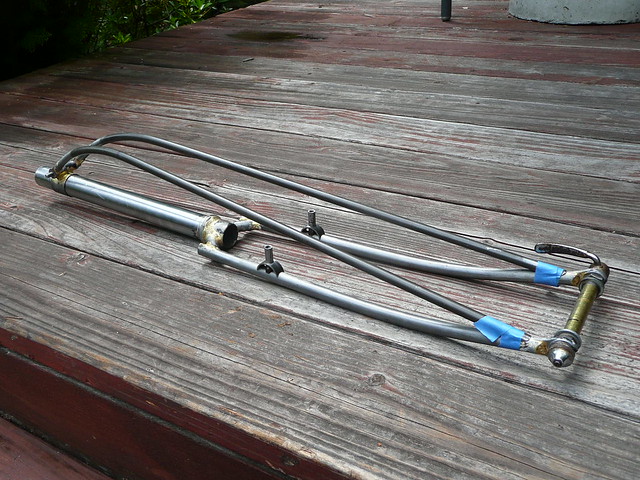I am planning a 29+ build based on the Knard. I am considering building a truss fork (pretty much going to copy Jone's fork) but I'm not sure what thickness of tubing I should use. Initially I was thinking 5/8" x 0.035 would do the trick. I don't ride rough or shred the gnar, fire roads and smooth singletrack are what I enjoy, but I weight a hefty 250#. Would 0.049" be a safer choice?
Thanks,
Chris


 Likes:
Likes: 

 Reply With Quote
Reply With Quote




Bookmarks